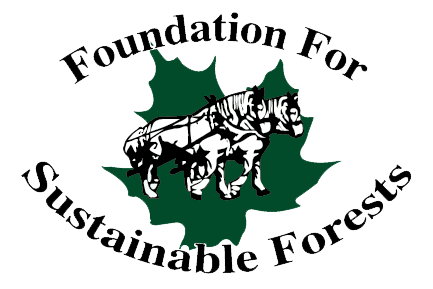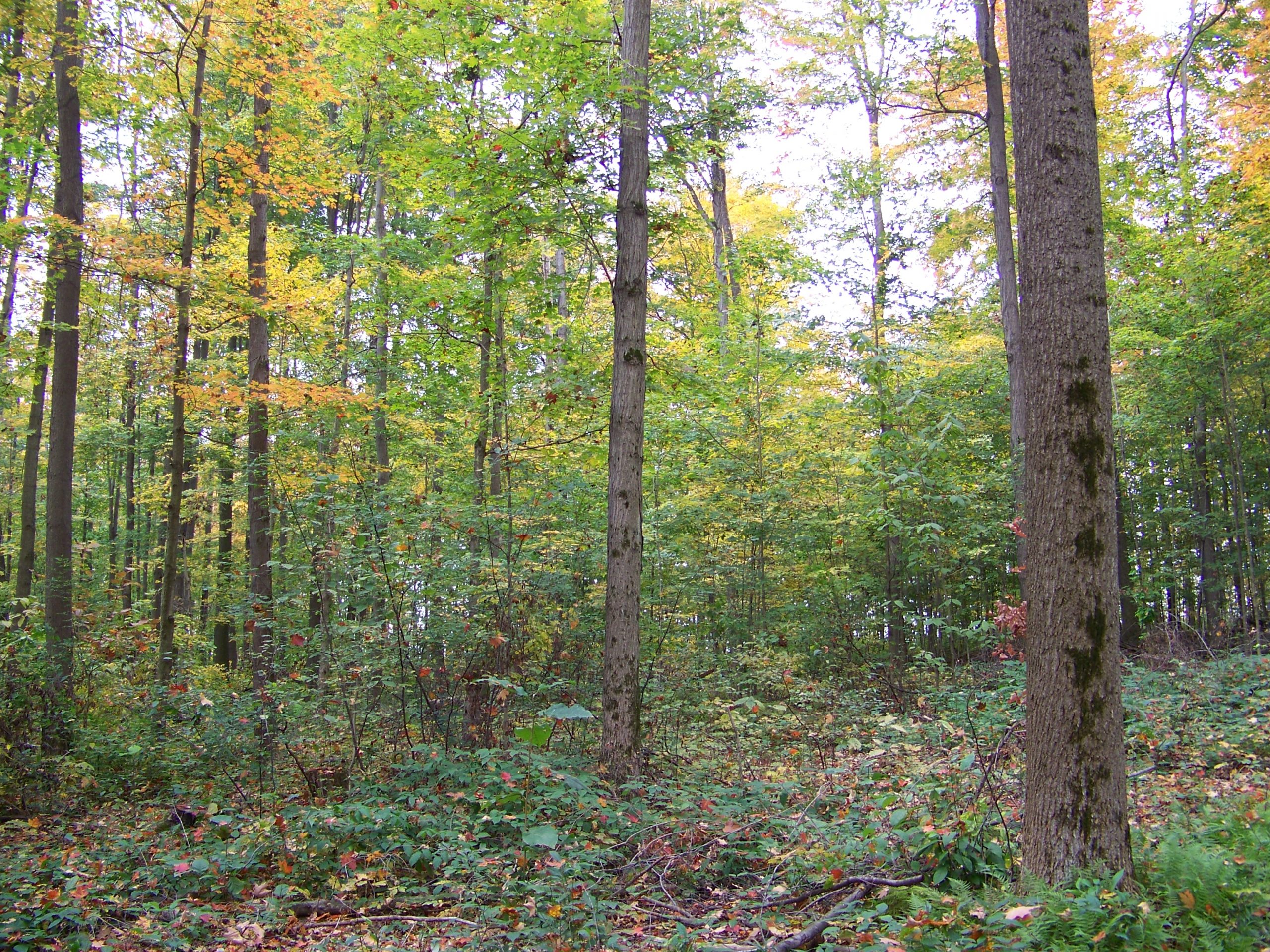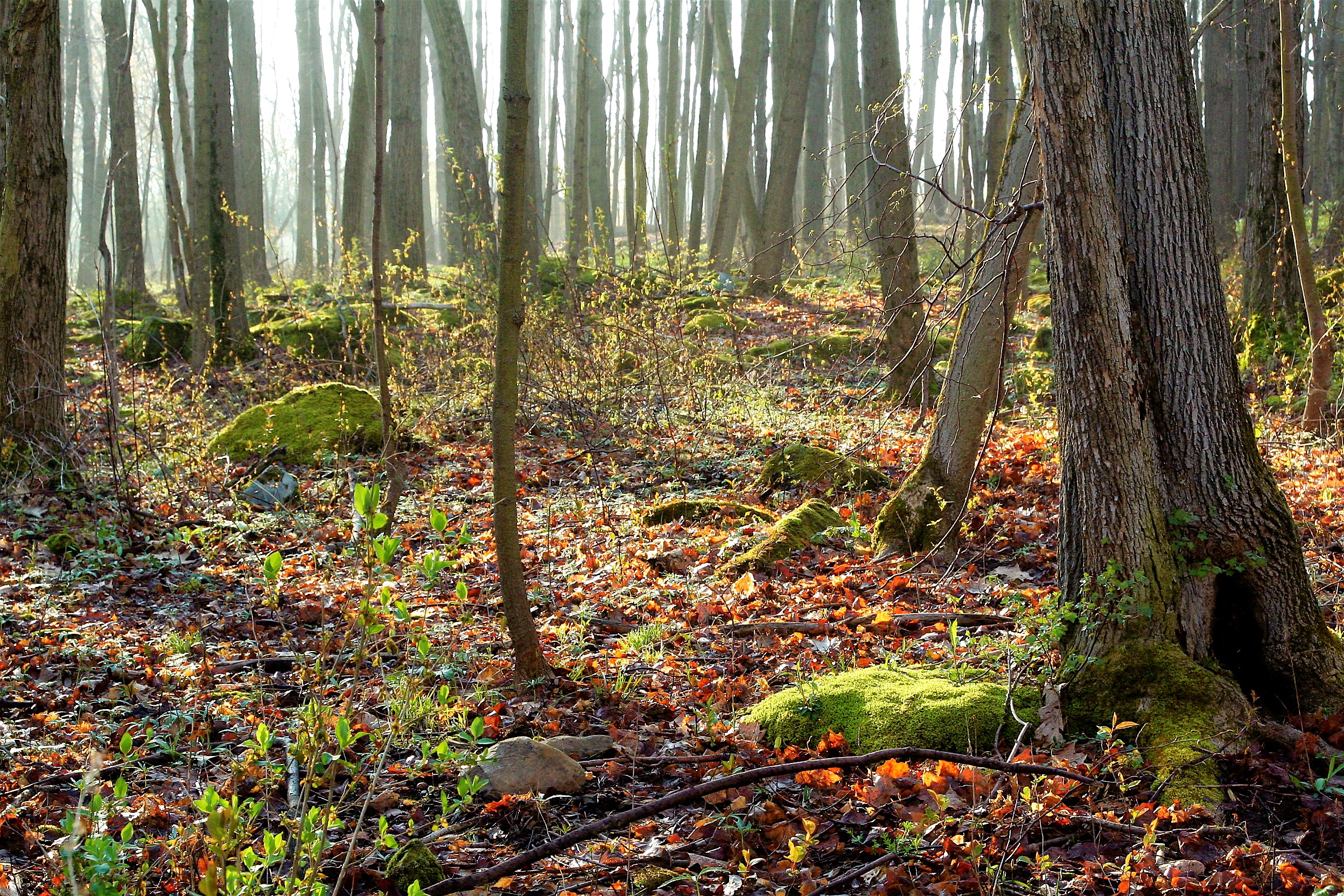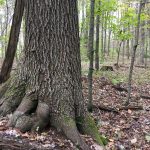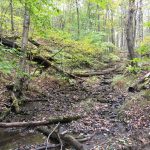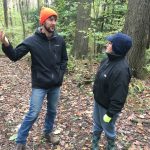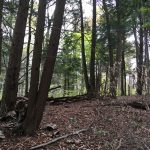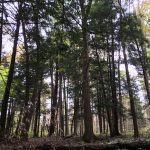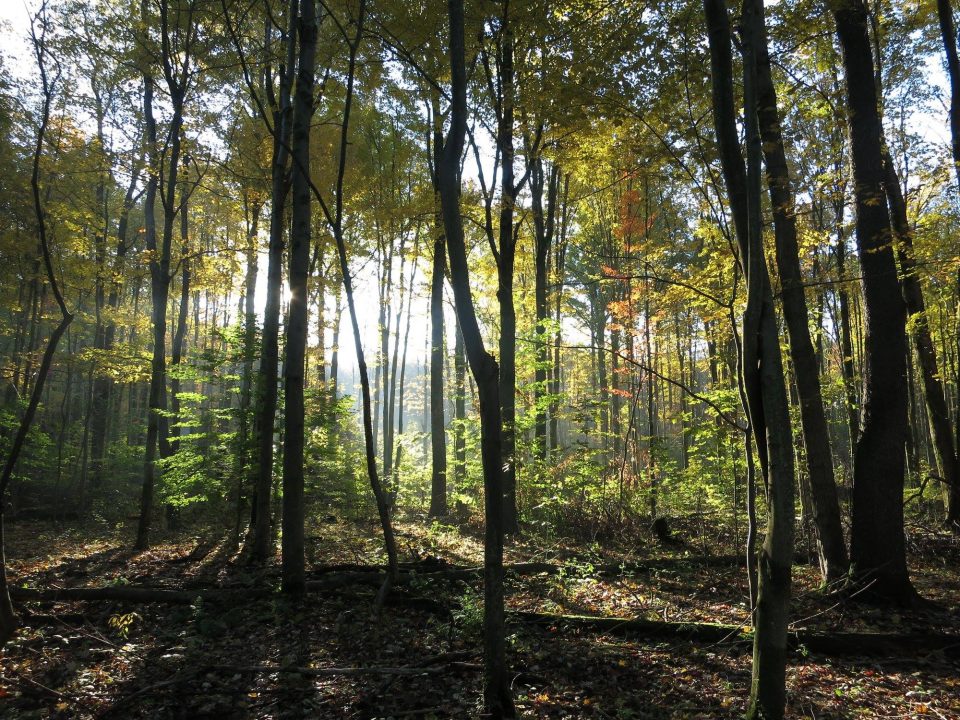Ewing Family Woods
Ewing Family Woods
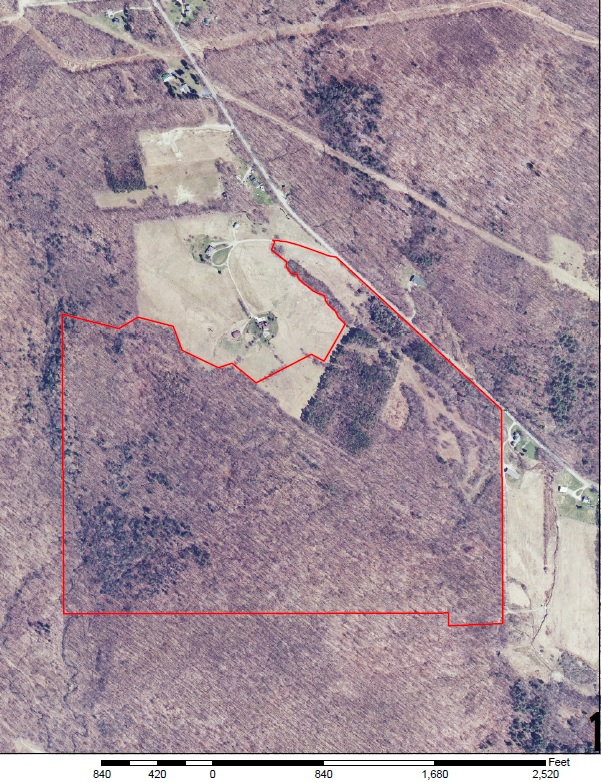
About Ewing Family Woods
This property was purchased by Dr. Jane E. Woods’ father, Orlo Ewing, in 1949. Occasional piles of field stone along the eastern edge of the woodlot hint at the land’s historical uses- they are a sign of pasturing for agriculture after clear-cutting. Remnants of hand-made saws and other tools have been found at a site in the woods as well. Even before building their hilltop home, Orlo got busy right away and planted 20,000 pine trees; the primary plot of remnant trees is adjacent to where today’s event tents now stand. When employment changes forced the young Ewing family to relocate in the mid-1950’s, the property was sold to a church foundation to develop into a campground. Several years later when the Ewings returned to PA, Orlo learned that campground plans had been abandoned, making the property available again. Orlo and Ruth Ewing were delighted to repurchase their acreage, which became a place for family and friends to gather, and provided a lovely setting for their final years. The open hilltop pasture acreage was sold to maintain its use and vitality, but the forest remained in the family for 70 years.
Jane acquired the property in 1990 and began attending seminars and field workshops to learn more about forest management and ecology, along with touring her woodlot with foresters for further perspective and education. Dominant tree species include red oak, black cherry, sugar maple, red maple, hemlock, hickory, beech and birch. There are additional components of cucumber, aspen, elm, ash, basswood, butternut and planted pines. Invasive and interfering plant species include multiflora rose, ironwood, beech brush, hay-scented fern & grapevine.
The property drains into two main stream systems. Spencer Creek flows through the western portion of the property in a southerly direction. Spencer merges with the South Branch of French Creek approximately 2 miles from the property, west of the city of Corry. French Creek drains large portions of northwestern Pennsylvania and flows into the Allegheny River in the city of Franklin (Venango County). The eastern portion of this property drains into Bear Creek. Bear Creek travels ~2.5 miles from the property, emptying into Hare Creek within the city of Corry. Hare Creek joins with Brokenstraw in Warren County and meets the Allegheny River at Irvine (Warren County).
According to ground-truthing and aerial photos (see Figure 2), most of this land was used for agriculture, while other tracts have remained forested over the last 100 years or so. A harvest in one of the stands in the late 1960’s likely removed some of the more valuable trees. Most of the timber in the area today dates from the turn of the century, so the 1960s harvest was probably a light high grade of trees approximately 60 years old. Also in the early ‘60’s, Orlo Ewing installed a network of trails for recreational use such as hiking, horseback-riding and skiing.
Troy Firth first inspected these woods in the early 2000’s, and began active management with a “worst first” thinning across selected sections of the woodland in 2003 that yielded ~85,000 board feet of grade saw logs (616 trees) and 8 truckloads of pole timber (255 trees). This logging and skidding was done with horses, as were two smaller harvests that followed. The first of those smaller harvests was a salvage cut following a blowdown storm in 2005 that yielded ~15,000 board feet of logs, and the second was primarily an ash cut on 15 acres in the center of the property in 2007, which yielded 28,000 board feet of logs (156 trees).
In 2011, Guy Dunkle marked the property for a light thinning on the western two-thirds of the property and a second ash cut, which yielded 28,000 board feet of ash and 9,000 board feet of miscellaneous saw logs, plus 16 truckloads of low grade timber consisting of blocking logs, hardwood poles and pine poles. The next cut on the property is slated for this year, and will consist of another ash salvage and thinning across the entire property.
Of choosing this management path, Jane recalls “receiving varied opinions of what to do about the aging pines for many years, until a combination of good timing and Troy’s input led to a more recent management harvest. By this time, and thanks to the harvest delay, hardwoods had successfully seeded in the understory, creating opportunities for group selection cuts. This pine harvest generated enough income to cover their removal and other future management projects with Troy.”
In 2019, in an act of tremendous generosity, Jane donated the property to the Foundation for Sustainable Forests, to be protected in perpetuity as a sustainable working forest, and to serve as a site for environmental education in Corry and surrounding communities.
